Has Obama been able to change anything since Ferguson?
- Published
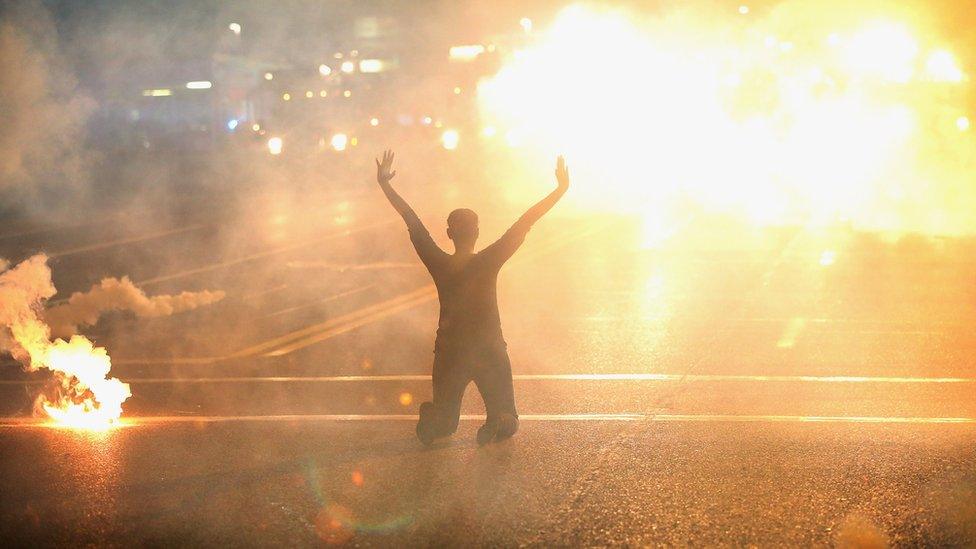
President Obama launched a task force on policing after unrest in Ferguson, Missouri, in 2014
As President Barack Obama visits Dallas to pay his respects to the five police officers shot dead, protesters across the country continue to demand change in the wake of the killings of young black men. What can the president do to heal these wounds?
The last seven days in the US have marked a nadir in the already fraught relationship between the police and young black people.
We've been here before. The US was in a similar place just two years ago.
After black teenager Michael Brown was killed by a white police officer in Ferguson, Missouri, in August 2014, demonstrations took place across the country. Most were peaceful, but some were violent.
At protests in the following weeks and months, thousands marched for justice, not just for Michael Brown - but for Tamir Rice, Eric Garner, Walter Scott, Laquan McDonald, Sandra Bland, Freddie Gray, and others whose names never made the headlines.
I covered many of these demonstrations, and almost everyone I talked to - black and white, Asian and Hispanic - told me their ultimate goal was a radical overhaul of a system they felt dealt young black people an unfair hand.
It was in this context, that President Obama established a taskforce on 21st Century policing to rebuild trust, and mend this very fractured relationship.
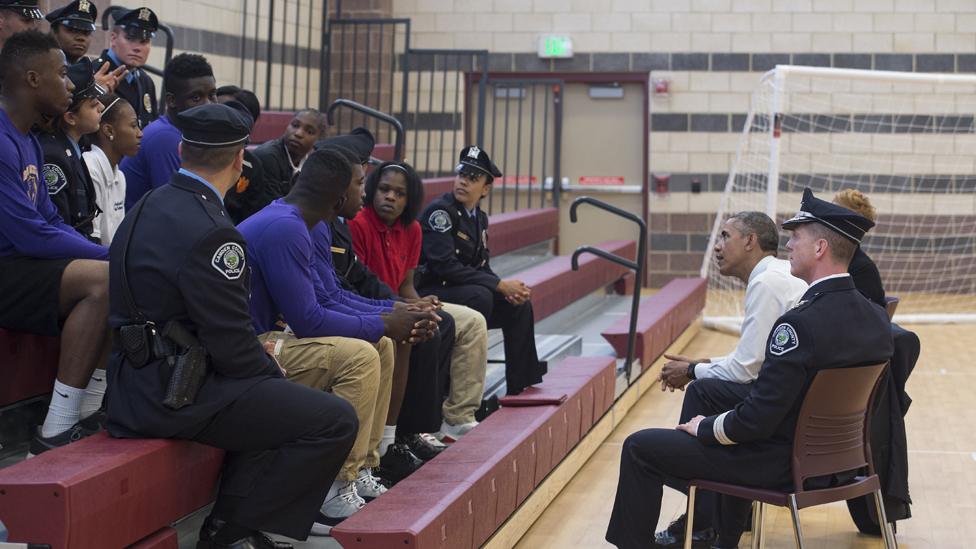
US President Barack Obama meets youth and law enforcement from Camden, New Jersey (file photo - 2015)
To some, it was a long time coming. The election of the country's first black president highlighted how much progress America had made. It also reminded people that inequalities persist.
The taskforce was created at the end of 2014. The final report in May 2015 proposed reforms in a range of areas, including more hands-on community policing, better collection of data on police arrests and greater transparency through the introduction of police body cameras.
Speaking in Poland last week, Mr Obama conceded the pace of these reforms hasn't been fast enough.
"Change has been too slow and we have to have a greater sense of urgency about this," he said.
One of the biggest challenges is that these recommendations are non-binding - it is up to the police forces themselves to take them on.
Last year when I interviewed the head of the task force, former Philadelphia police chief Charles Ramsey, he admitted he had a job on his hands.
On the wall of his office was a framed copy of the task force recommendations, signed by the president. "I think this will make a difference," he told me.
But with about 18,000 different police forces in the United States, seeing results on a large scale will take time.
"We won't get them all," Commissioner Ramsey said. "There's nothing that will mandate this".
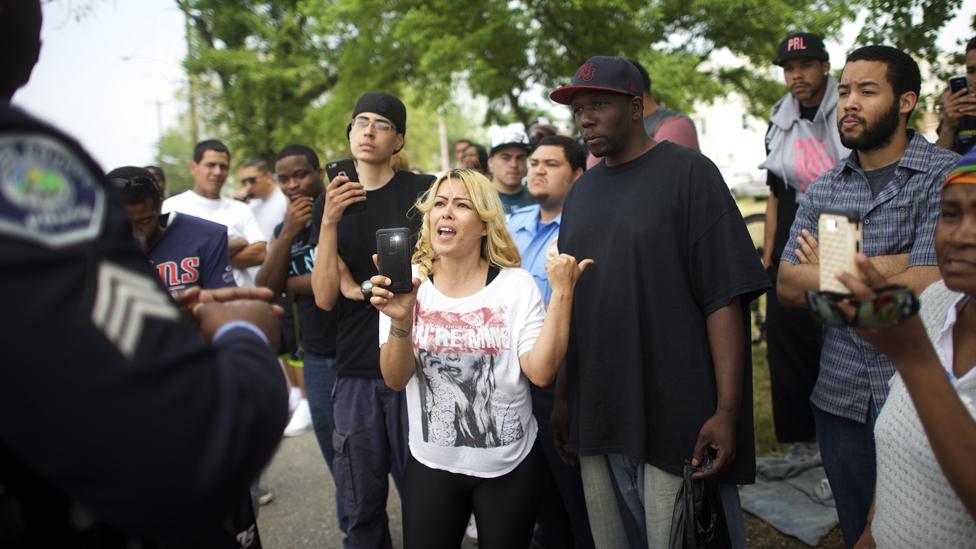
Camden residents film a police officer with their mobile phones while speaking about police mistreatment
Some forces have signed up, and a progress report earlier this year, external cited some who are an example to others.
This included Baton Rouge's police force, the current scene of tensions after the death of Alton Sterling. The force set up several community outreach programmes, including a "Cops Care Kids Camp," hosted at churches, which gives young people the chance to meet and interact with officers, and a "cops and clergy" programme for members of local churches.
It's a reminder that these initiatives can only go so far, and will take time to set in.
It's a challenge the president himself is well aware of.
"If anything good comes out of these tragedies," Mr Obama said last week, "my hope is, is that communities around the country take a look and say, how can we implement these recommendations?"
The question for many forces is how.
Take one of the headline proposals, a pledge to make policing more transparent by introducing body cameras.
In May 2015, the US justice department pledged $20m funding in grants for police forces to buy as many as 50,000 cameras for police forces across the nation. But Congress failed to pass a bill to provide additional funding at the end of the year.
A survey of 70 large forces conducted earlier this year, external suggested while all planned to introduce body cameras, only 18% had "fully operational" schemes so far.
Even when they are in use, there are issues over when the cameras should be on, how long should the footage be kept, and when it might be admissible as evidence.
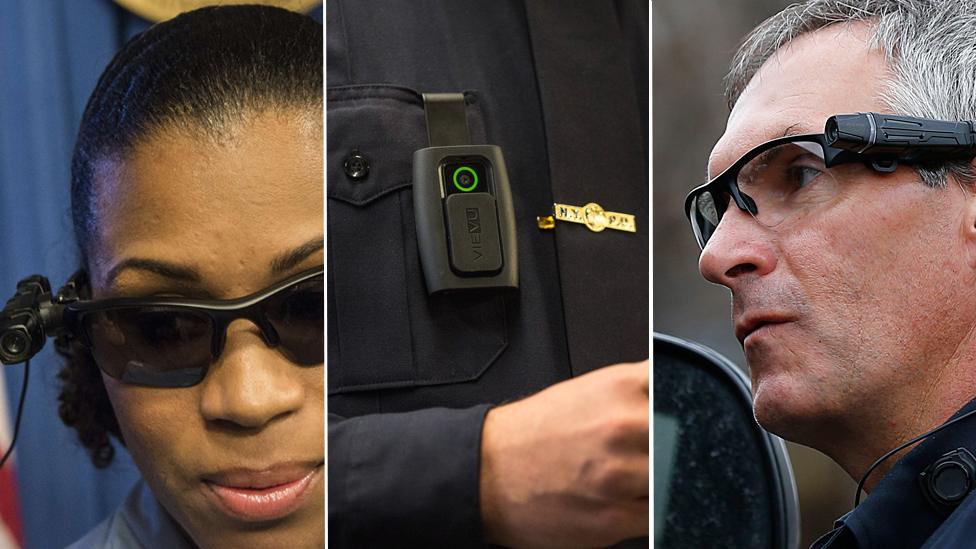
Three kinds of police body cameras
The police officers who killed Alton Sterling in Baton Rouge were wearing body cameras as part of a pilot scheme. But officials said the footage might not be as good as they had hoped, saying the cameras on the officers were "dislodged".
North Carolina's state legislature recently passed a law preventing footage recorded by body cameras from automatically becoming public record. Under law, if a police department decides not to release camera footage, a court order would have to be obtained to get access to it.

More from the BBC

Last week nearly 4,000 people signed a petition against the bill, and staged a "die-in" outside the North Carolina's governor's mansion, calling on him to veto the bill, arguing it flies in the face of greater transparency, external.
When video is released, it can make a difference, and clear up any discrepancies between a victim and an officer's account of events. It took a year, and several demands, for the car dashcam video of the fatal shooting of Laquan McDonald, in Chicago, to be released.
But once it was in the public domain, it didn't take long for murder charges to be filed against police officer Jason Van Dyke, at the end of last year.
It's not just recording interactions that the taskforce hopes will bring about change, but changing the very nature of these interactions in the first place.
The taskforce places a huge emphasis on community policing - "Law enforcement culture should embrace a guardian mindset to build public trust and legitimacy," read one of the recommendations.
This comes down to basic training in how to de-escalate conflicts, in "fair and impartial policing", and by changing incentives, so an officer's performance isn't just measured by the number of arrests or tickets they hand out.
As simple as it might sound, one of the key tenets of this type of community policing is the old-fashioned practice of patrolling the streets on foot.
Dashcam footage shows the moment 17-year-old Laquan McDonald was fatally shot by police in Chicago
One force which has been heralded as an example of good community policing is that of Camden, New Jersey, a majority black and historically troubled city.
The city police department was disbanded three years ago, and reformed as a county-wide department. Camden County police hired some new officers and trained existing ones.
As I witnessed first-hand last year, police here have adopted a very different approach.
Officers do daily foot patrols, getting to know people in the area. Locals I talked to found their presence reassuring rather than threatening.
Officer Brandon Moreno told me about the Ethical Protector training he went through, designed to change the way police interact with residents.
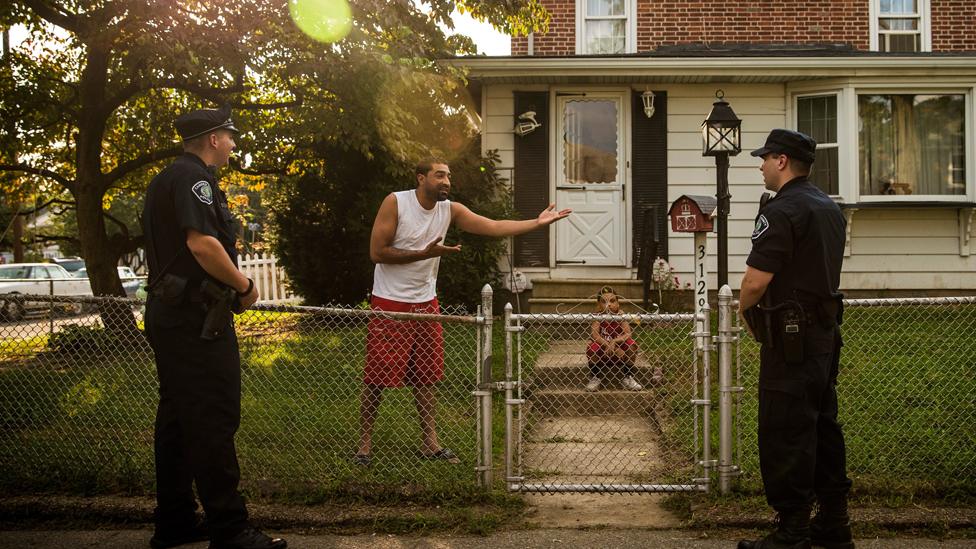
Scenes from Camden police in 2013 - resident talking to foot patrol officer

...and during a special event with police officers and residents in 2013
"Just a simple body gesture can de-escalate a situation," he said.
Instead of telling someone to calm down by pushing your palms down, he's been taught to open his palms.
"If you're opening yourself up, it feels more sincere."
The officers here see themselves as guardians instead of warriors, a model all policing should be based on - protecting, not threatening.
Camden County police say the results speak for themselves, with a drop in violent crime.
Since the task force began, more than 85,000 officers around the country have received training to improve their encounters with communities.
This week at the White House, President Obama will host a meeting of police and law enforcement officials, civil rights leaders and community activists, to discuss ways to take the work of the taskforce on.
His goal is simple.
"I want to start moving on constructive actions that are actually going to make a difference, because that is what all Americans want."
The events of the last week have reminded us that this won't be easy.